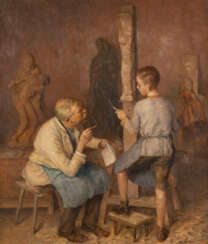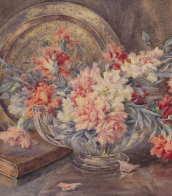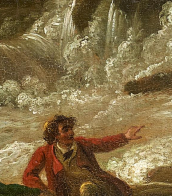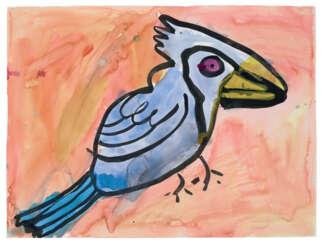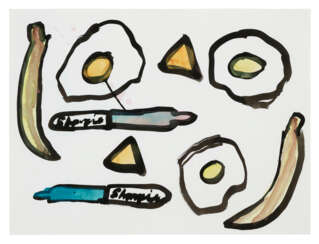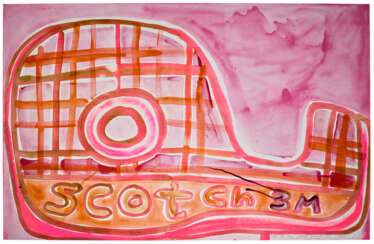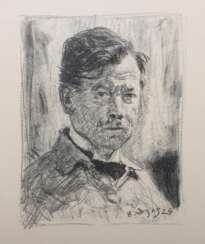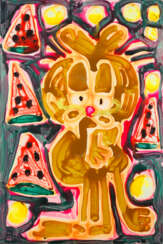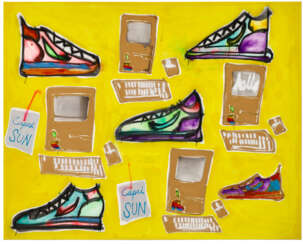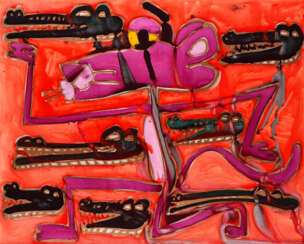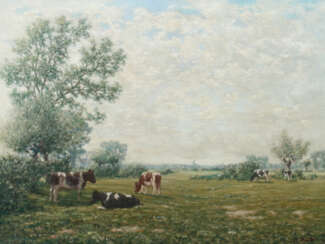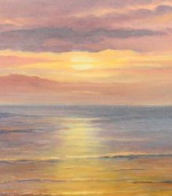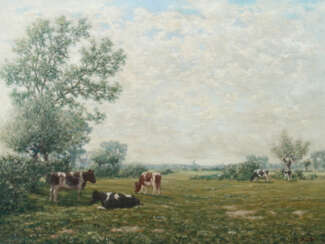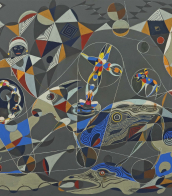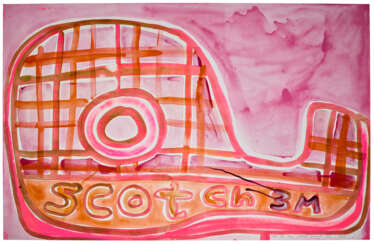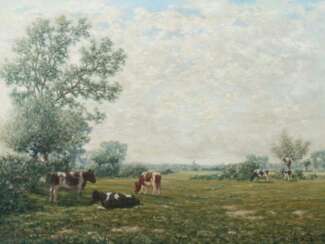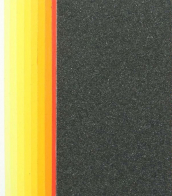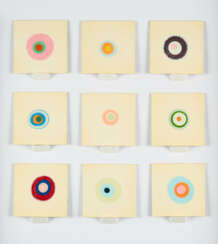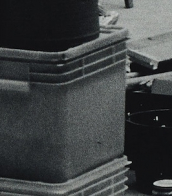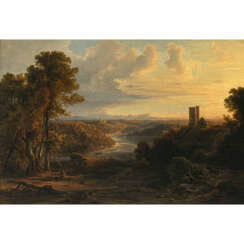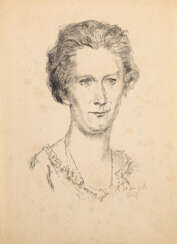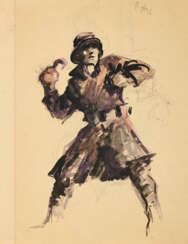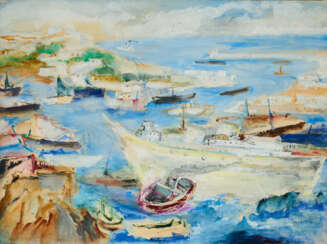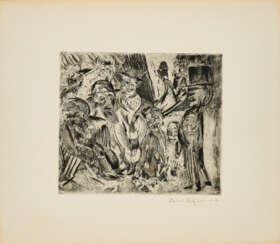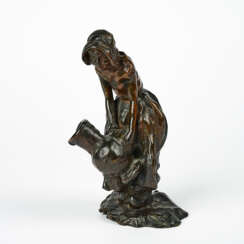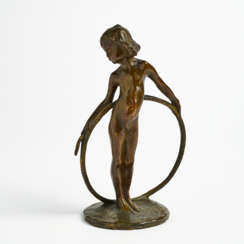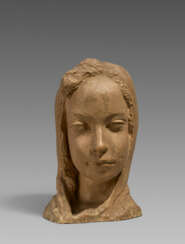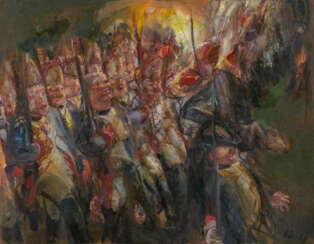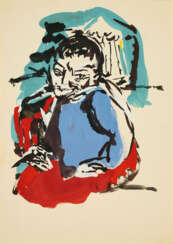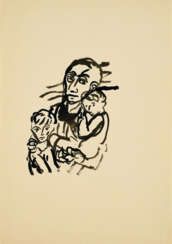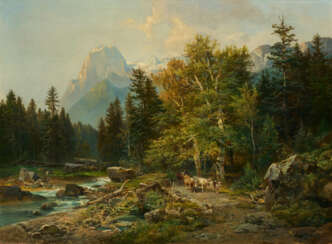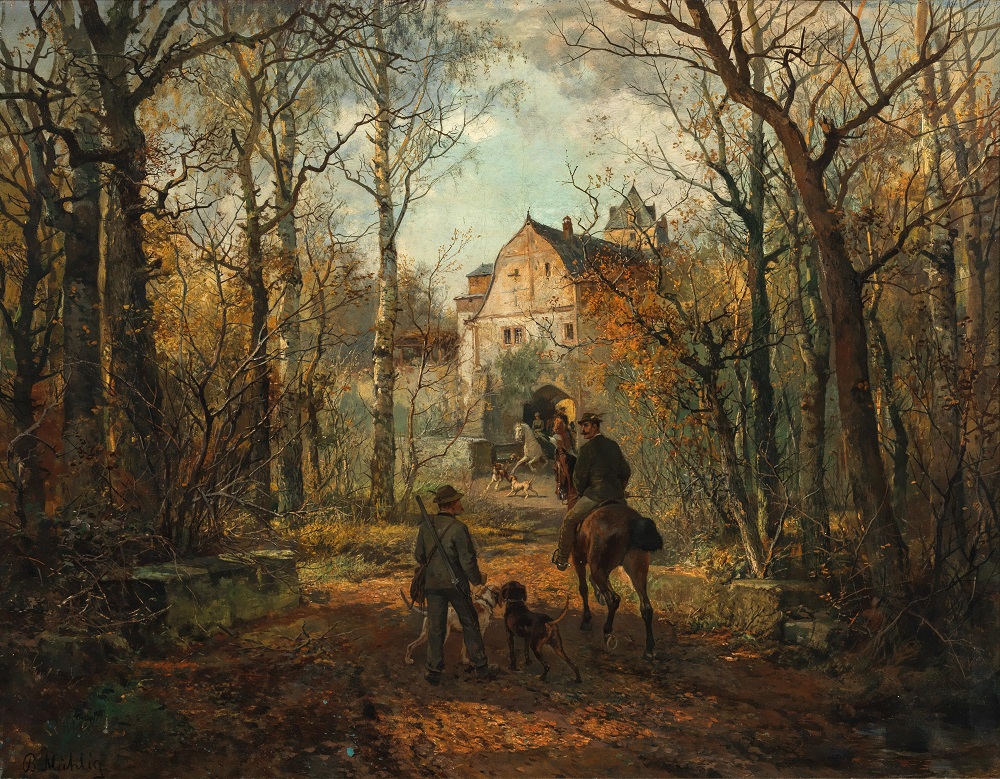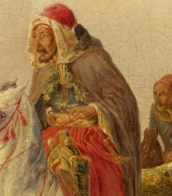bernhard büter
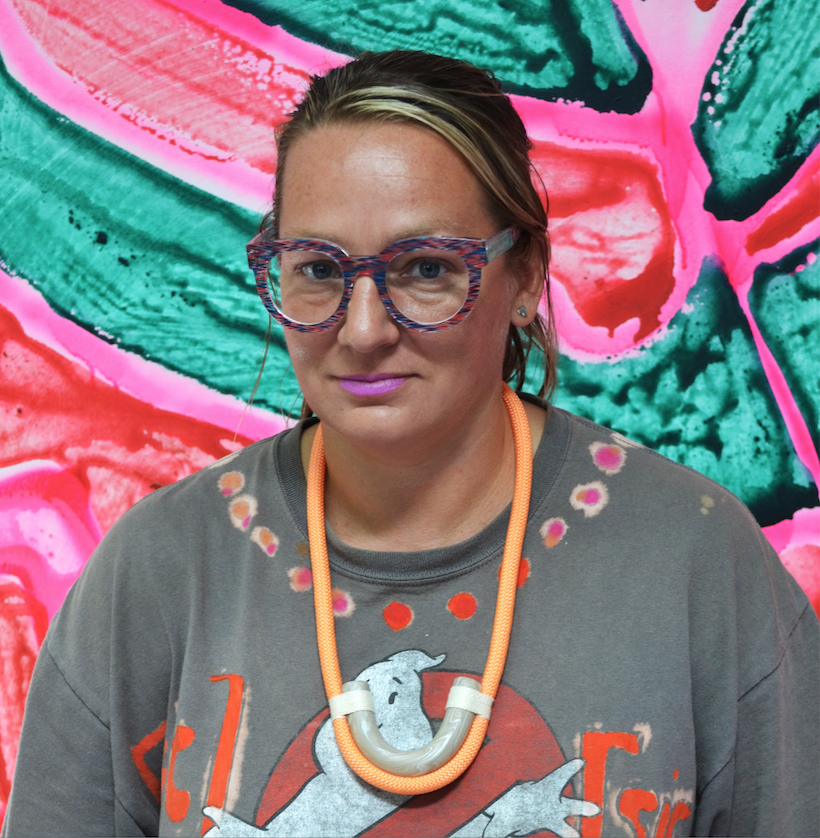
Katherine Bernhardt is an artist based in St. Louis, Missouri.
Bernhardt is known for painting consumer symbols, tropical animals, and every day objects over bright flat fields of color in an expressionistic and almost abstract style.
Bernhardt has also been involved in numerous collaborations within the art and fashion industries. She has also collaborated with Flaunt magazine, EDUN, and Miss Sixty.
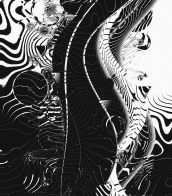

Katherine Bernhardt is an artist based in St. Louis, Missouri.
Bernhardt is known for painting consumer symbols, tropical animals, and every day objects over bright flat fields of color in an expressionistic and almost abstract style.
Bernhardt has also been involved in numerous collaborations within the art and fashion industries. She has also collaborated with Flaunt magazine, EDUN, and Miss Sixty.
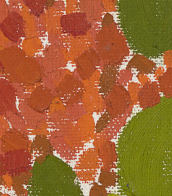

Katherine Bernhardt is an artist based in St. Louis, Missouri.
Bernhardt is known for painting consumer symbols, tropical animals, and every day objects over bright flat fields of color in an expressionistic and almost abstract style.
Bernhardt has also been involved in numerous collaborations within the art and fashion industries. She has also collaborated with Flaunt magazine, EDUN, and Miss Sixty.
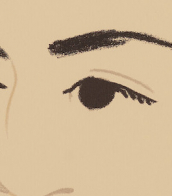

Bernhard Pankok, full name Bernhard Wilhelm Maria Pankok, was a German painter and graphic artist, designer, applied artist and architect of the Art Nouveau period.
After acquiring skills as a painter and restorer, Bernhard Pankok studied painting at the Düsseldorf Academy of Fine Arts, then in Berlin. In 1892, he began working in Munich in his own painting studio, doing illustrations for the magazines Pan and Jugend, among others. Pancock was one of the founders of the Munich Association of Art Craft Workshops.
In 1897, Pankok began designing furniture and exhibited his work at numerous exhibitions, including the landmark 1900 "Universal and International Exposition" in Paris. In the same year the art historian Konrad Lange commissioned Bernhard Pancock to design the Haus Lange for him; he worked extensively as an architect in general and designed other buildings in Stuttgart. Pankok was prolific and versatile: he designed sets for opera stages and salons for ocean liners and even the passenger cabins of zeppelins, worked as an architect, furniture designer, interior decorator, painter and graphic artist.
In 1907, he co-founded the Deutsche Werkbund. In 1901 he was invited to teach at the Royal Training and Experimental Workshop in Stuttgart; in 1913 he became its head and in that capacity merged it with the School of Arts and Crafts.
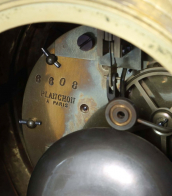

Katherine Bernhardt is an artist based in St. Louis, Missouri.
Bernhardt is known for painting consumer symbols, tropical animals, and every day objects over bright flat fields of color in an expressionistic and almost abstract style.
Bernhardt has also been involved in numerous collaborations within the art and fashion industries. She has also collaborated with Flaunt magazine, EDUN, and Miss Sixty.
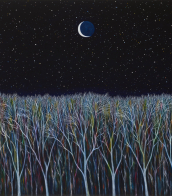

Katherine Bernhardt is an artist based in St. Louis, Missouri.
Bernhardt is known for painting consumer symbols, tropical animals, and every day objects over bright flat fields of color in an expressionistic and almost abstract style.
Bernhardt has also been involved in numerous collaborations within the art and fashion industries. She has also collaborated with Flaunt magazine, EDUN, and Miss Sixty.
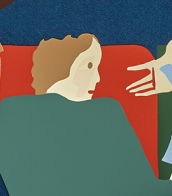

Katherine Bernhardt is an artist based in St. Louis, Missouri.
Bernhardt is known for painting consumer symbols, tropical animals, and every day objects over bright flat fields of color in an expressionistic and almost abstract style.
Bernhardt has also been involved in numerous collaborations within the art and fashion industries. She has also collaborated with Flaunt magazine, EDUN, and Miss Sixty.
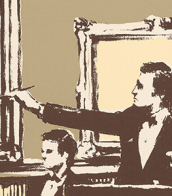

Katherine Bernhardt is an artist based in St. Louis, Missouri.
Bernhardt is known for painting consumer symbols, tropical animals, and every day objects over bright flat fields of color in an expressionistic and almost abstract style.
Bernhardt has also been involved in numerous collaborations within the art and fashion industries. She has also collaborated with Flaunt magazine, EDUN, and Miss Sixty.
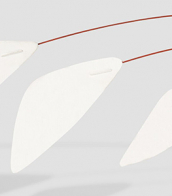

Katherine Bernhardt is an artist based in St. Louis, Missouri.
Bernhardt is known for painting consumer symbols, tropical animals, and every day objects over bright flat fields of color in an expressionistic and almost abstract style.
Bernhardt has also been involved in numerous collaborations within the art and fashion industries. She has also collaborated with Flaunt magazine, EDUN, and Miss Sixty.
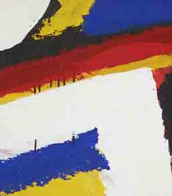

Katherine Bernhardt is an artist based in St. Louis, Missouri.
Bernhardt is known for painting consumer symbols, tropical animals, and every day objects over bright flat fields of color in an expressionistic and almost abstract style.
Bernhardt has also been involved in numerous collaborations within the art and fashion industries. She has also collaborated with Flaunt magazine, EDUN, and Miss Sixty.
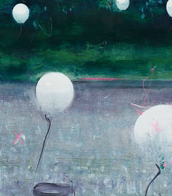
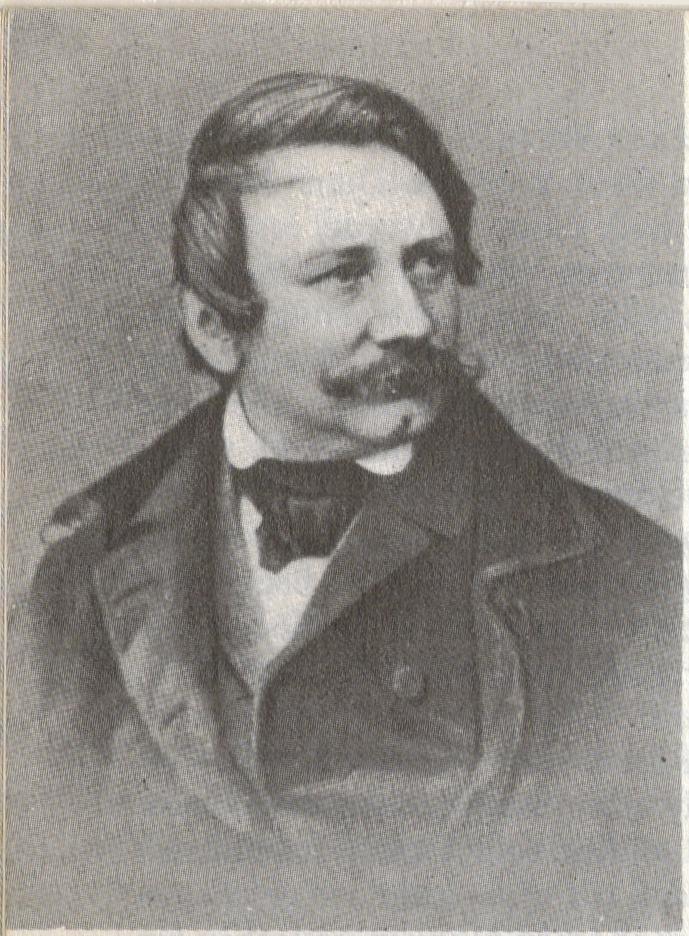
Christian Ernst Bernhard Morgenstern was a well-known German landscape painter. He is considered one of the most important representatives of early painterly realism.
His father was Hamburg miniature painter Johann Heinrich Morgenstern, and his son named Carl Ernst Morgenstern also became a landscape painter.
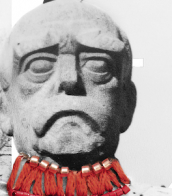

Bernhard Pankok, full name Bernhard Wilhelm Maria Pankok, was a German painter and graphic artist, designer, applied artist and architect of the Art Nouveau period.
After acquiring skills as a painter and restorer, Bernhard Pankok studied painting at the Düsseldorf Academy of Fine Arts, then in Berlin. In 1892, he began working in Munich in his own painting studio, doing illustrations for the magazines Pan and Jugend, among others. Pancock was one of the founders of the Munich Association of Art Craft Workshops.
In 1897, Pankok began designing furniture and exhibited his work at numerous exhibitions, including the landmark 1900 "Universal and International Exposition" in Paris. In the same year the art historian Konrad Lange commissioned Bernhard Pancock to design the Haus Lange for him; he worked extensively as an architect in general and designed other buildings in Stuttgart. Pankok was prolific and versatile: he designed sets for opera stages and salons for ocean liners and even the passenger cabins of zeppelins, worked as an architect, furniture designer, interior decorator, painter and graphic artist.
In 1907, he co-founded the Deutsche Werkbund. In 1901 he was invited to teach at the Royal Training and Experimental Workshop in Stuttgart; in 1913 he became its head and in that capacity merged it with the School of Arts and Crafts.
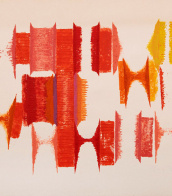
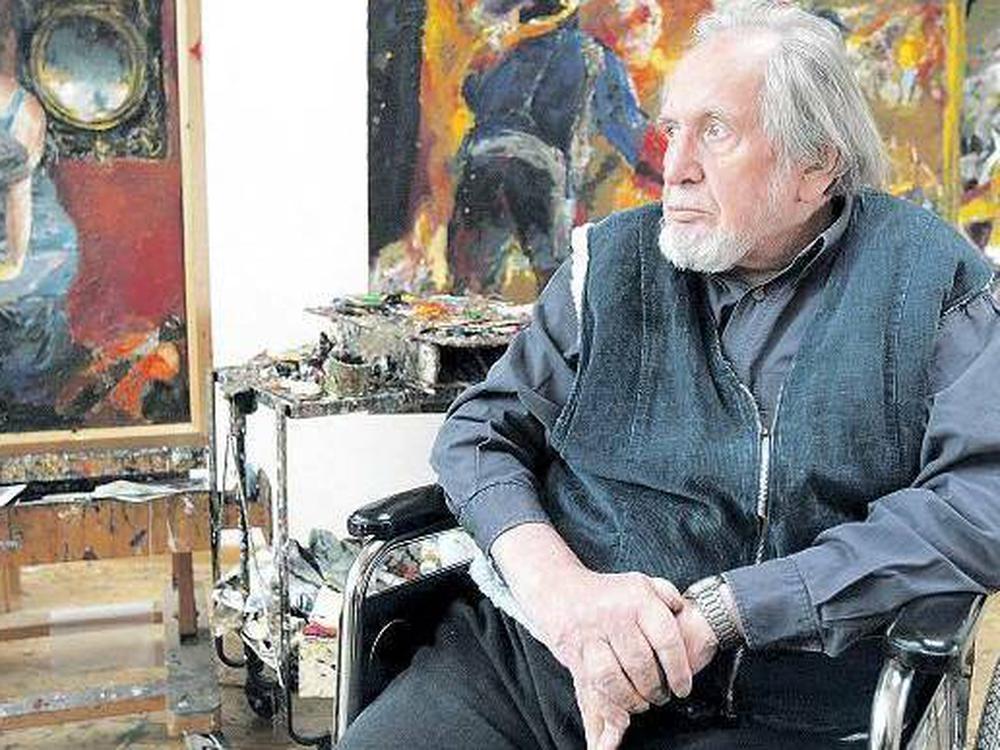
Bernhard Heisig was a German painter of the postwar Leipzig school and one of the greatest artists of the GDR.
From 1942 to 1945 he participated in World War II as a volunteer in the 12th SS Armored Division "Hitler Youth", was seriously wounded, was in a Soviet prison camp and was released in Breslau as an invalid.
All these difficult events were reflected in Heisig's work. His unrelenting preoccupation with war made his work as manic as it was monolithic. Anger was what kept him working.
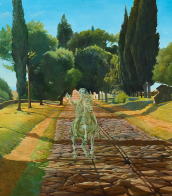

Bernhard Heisig was a German painter of the postwar Leipzig school and one of the greatest artists of the GDR.
From 1942 to 1945 he participated in World War II as a volunteer in the 12th SS Armored Division "Hitler Youth", was seriously wounded, was in a Soviet prison camp and was released in Breslau as an invalid.
All these difficult events were reflected in Heisig's work. His unrelenting preoccupation with war made his work as manic as it was monolithic. Anger was what kept him working.

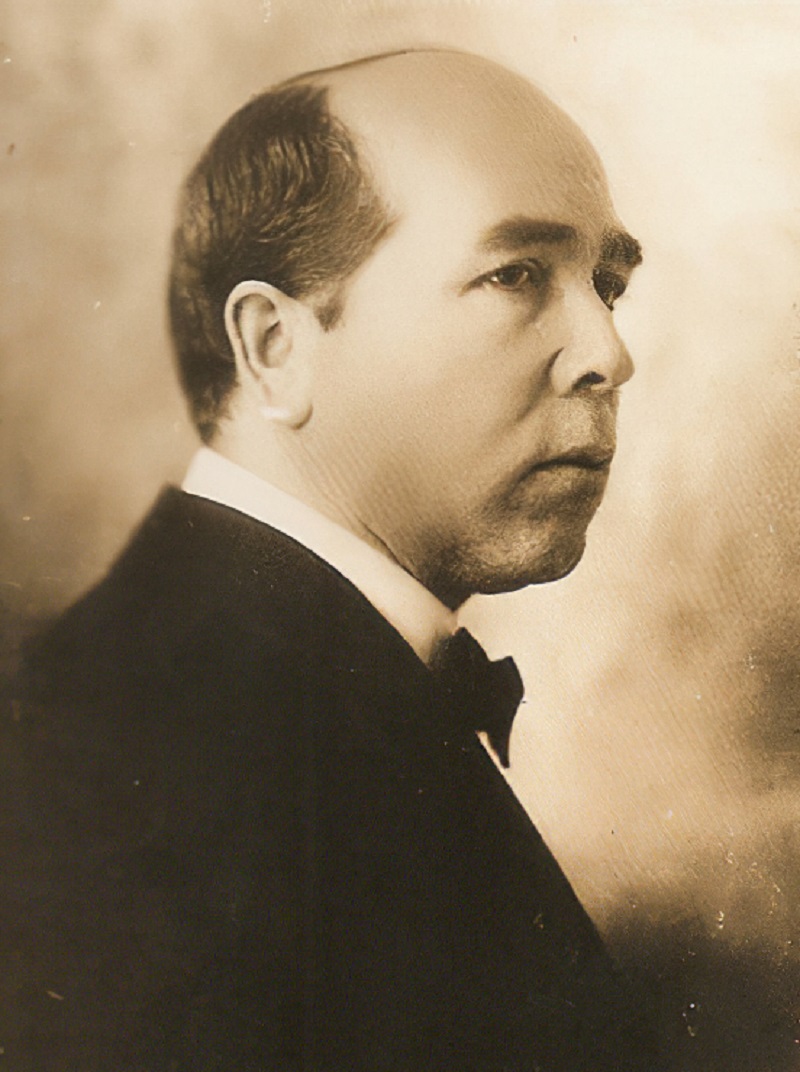
Bernhard Hoetger is a German painter, sculptor, graphic artist and architect. He studied at the Dusseldorf Academy of Art.
In 1937, as part of the Nazi "Degenerate Art" campaign, many works by Bernhard Hoetger were destroyed.
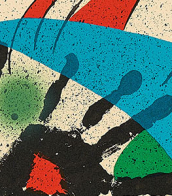
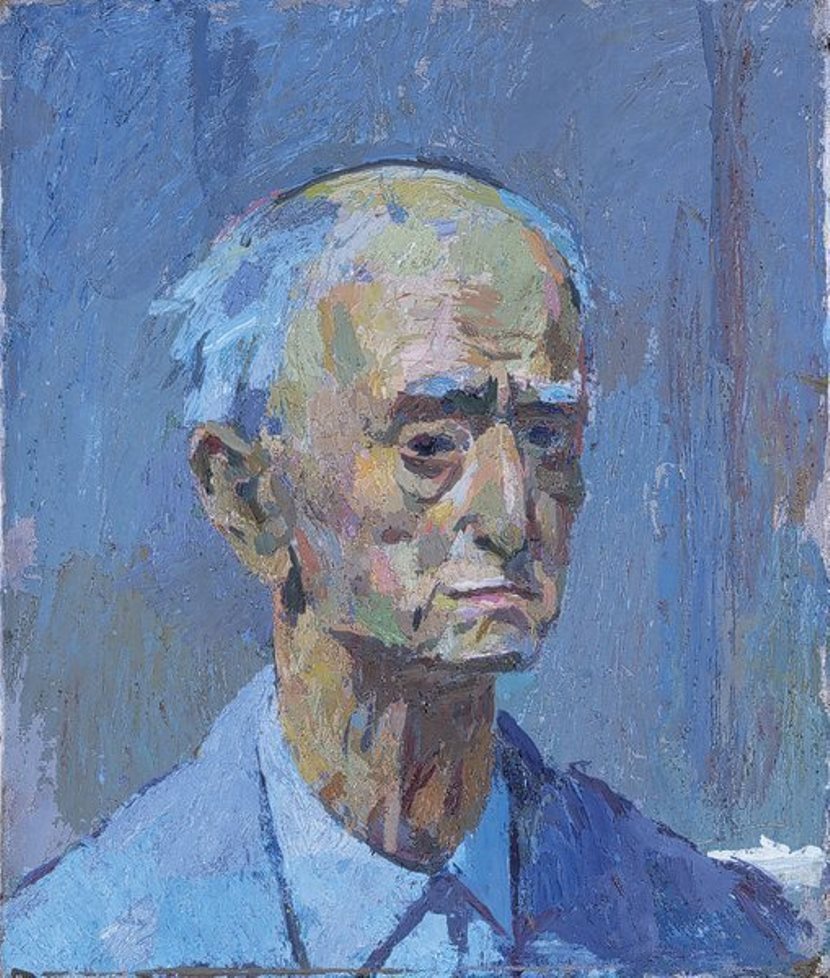
Bernhard Kretzschmar was a German painter and graphic artist.
Kretzschmar studied at the Dresden Academy, in 1920 destroyed most of his work and began his career anew. In 1932 he co-founded the Dresden Secession, but later the Social Democrats banned him as a degenerate artist, and his paintings were removed from museums and galleries. Kretzschmar hated the Nazis and had to flee the country.
Like many artists of his generation, he dabbled in Expressionism, then switched to Verismo. He skillfully tried his hand at both Futurism and Impressionism. He painted on the themes of social poverty, as well as comically depicting the bourgeois way of life. In 1945, most of his works were destroyed in an air raid.
After World War II, social motifs receded into the background and Kretzschmar focused more on landscapes, more often in the suburban areas of Dresden. He also painted several self-portraits with somber, skeptical and ironic facial expressions during his lifetime, which provide a vivid characterization of the artist.
From 1946, Bernhard Kretzschmar worked as a professor at the University of Fine Arts in Dresden. In 1959 he received the National Prize of the GDR, and since 1969 he has been a corresponding member of the German Academy of Arts in East Berlin.


Bernhard Hoetger is a German painter, sculptor, graphic artist and architect. He studied at the Dusseldorf Academy of Art.
In 1937, as part of the Nazi "Degenerate Art" campaign, many works by Bernhard Hoetger were destroyed.


Bernhard Hoetger is a German painter, sculptor, graphic artist and architect. He studied at the Dusseldorf Academy of Art.
In 1937, as part of the Nazi "Degenerate Art" campaign, many works by Bernhard Hoetger were destroyed.


Bernhard Hoetger is a German painter, sculptor, graphic artist and architect. He studied at the Dusseldorf Academy of Art.
In 1937, as part of the Nazi "Degenerate Art" campaign, many works by Bernhard Hoetger were destroyed.


Bernhard Heisig was a German painter of the postwar Leipzig school and one of the greatest artists of the GDR.
From 1942 to 1945 he participated in World War II as a volunteer in the 12th SS Armored Division "Hitler Youth", was seriously wounded, was in a Soviet prison camp and was released in Breslau as an invalid.
All these difficult events were reflected in Heisig's work. His unrelenting preoccupation with war made his work as manic as it was monolithic. Anger was what kept him working.


Bernhard Heisig was a German painter of the postwar Leipzig school and one of the greatest artists of the GDR.
From 1942 to 1945 he participated in World War II as a volunteer in the 12th SS Armored Division "Hitler Youth", was seriously wounded, was in a Soviet prison camp and was released in Breslau as an invalid.
All these difficult events were reflected in Heisig's work. His unrelenting preoccupation with war made his work as manic as it was monolithic. Anger was what kept him working.
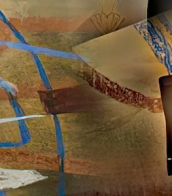

Bernhard Heisig was a German painter of the postwar Leipzig school and one of the greatest artists of the GDR.
From 1942 to 1945 he participated in World War II as a volunteer in the 12th SS Armored Division "Hitler Youth", was seriously wounded, was in a Soviet prison camp and was released in Breslau as an invalid.
All these difficult events were reflected in Heisig's work. His unrelenting preoccupation with war made his work as manic as it was monolithic. Anger was what kept him working.

